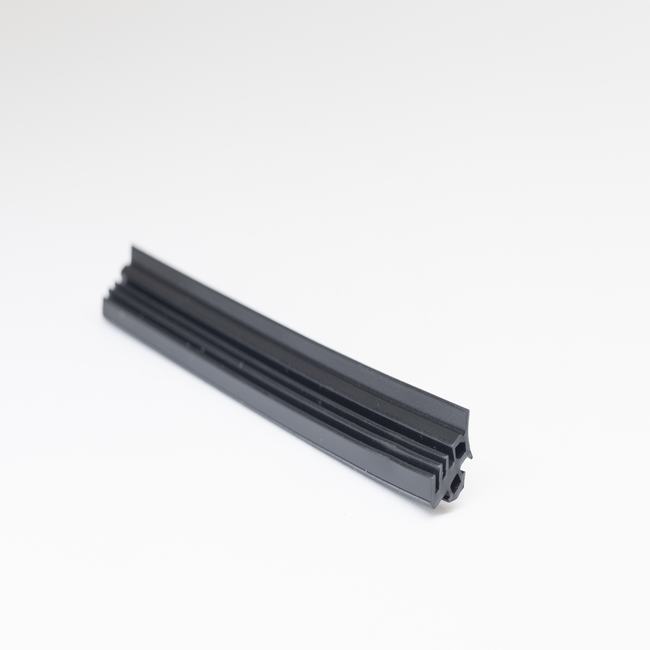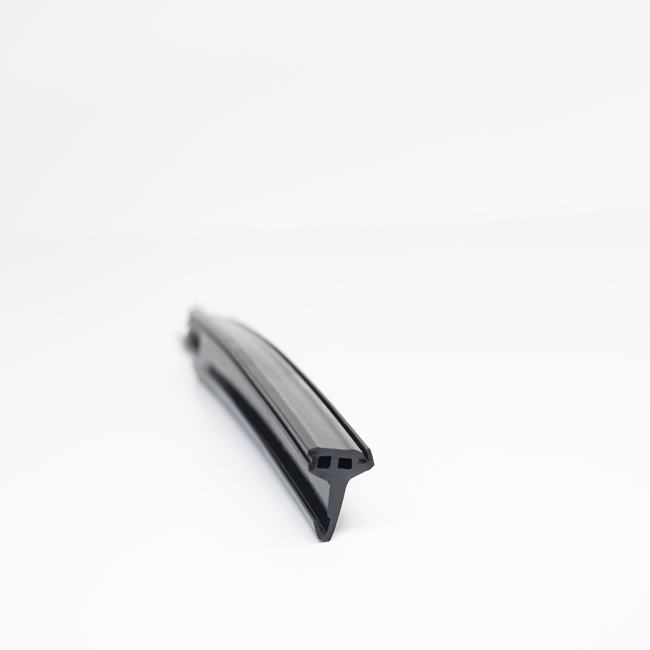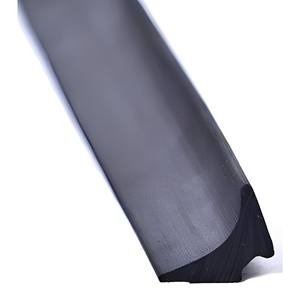Garage door seals are crucial components of garage door systems designed to enhance the functionality, energy efficiency, and security of residential and commercial garages. These seals play a pivotal role in sealing gaps around garage doors, preventing drafts, moisture infiltration, and the intrusion of pests or debris. A comprehensive description of garage door seals encompasses their construction, functions, types, benefits, and applications.
Construction and Materials:
Garage door seals are typically constructed using a combination of materials chosen for their durability and weather resistance. The key components of garage door seals include:
- Rubber or EPDM (Ethylene Propylene Diene Monomer): This is the primary material for the sealing element of the garage door seal. It provides flexibility and resilience to create a tight seal against the garage door and the floor or frame.
- Aluminum or PVC Retainers: These are used to hold the sealing element in place and ensure it maintains its position along the door’s edges. Aluminum and PVC are chosen for their lightweight yet sturdy properties.
- Fasteners: Garage door seals are secured in place using screws, nails, or adhesive, depending on the type and design of the seal.
Function and Benefits:
Garage door seals serve several essential functions:
- Weatherproofing: The primary role of garage door seals is to weatherproof the garage, sealing gaps and preventing the entry of rain, snow, wind, and other outdoor elements.
- Energy Efficiency: By sealing gaps around the garage door, these seals contribute to improved energy efficiency, helping to maintain a consistent indoor temperature and reducing heating and cooling costs.
- Pest Control: Garage door seals act as a barrier against pests like rodents and insects, preventing them from entering the garage.
- Dust and Debris Protection: They keep dust, leaves, dirt, and debris from blowing or crawling into the garage, keeping the space clean.
- Sound Insulation: Garage door seals can reduce noise transmission, providing a quieter environment within the garage and minimizing disturbances to the surroundings.
- Security: Sealing gaps in the garage door enhances security by reducing potential entry points for unauthorized individuals.
Types of Garage Door Seals:
There are several types of garage door seals, each designed for specific applications and installations:
- Bottom Seals: These are installed at the bottom of the garage door and create a seal between the door and the garage floor.
- Side Seals: Side seals are applied to the vertical sides of the garage door, sealing gaps between the door and the door frame or jamb.
- Top Seals: These seals are installed at the top of the garage door to create a seal between the door and the header or lintel.
- Threshold Seals: Threshold seals are placed at the garage door’s threshold or entrance point, preventing water and debris from flowing under the door.
Applications:
Garage door seals are widely used in residential and commercial settings, including:
- Residential Garages: Homeowners install garage door seals to improve energy efficiency, protect against the elements, and maintain a clean and secure garage space.
- Commercial Garages: Businesses with commercial garages, such as auto repair shops and warehouses, rely on these seals to safeguard their equipment, inventory, and workspace.
- Loading Docks: Loading dock doors benefit from seals that enhance weather resistance and security.
- Cold Storage Facilities: Cold storage warehouses and facilities use garage door seals to maintain temperature control and prevent moisture infiltration.
- Industrial Facilities: Manufacturing plants and industrial facilities utilize garage door seals to minimize dust, noise, and environmental contamination.
In conclusion, garage door seals are indispensable components of garage door systems that provide multiple benefits, from weatherproofing and energy efficiency to security and pest control. Their construction, types, and applications make them essential for both residential and commercial properties, contributing to the comfort, safety, and functionality of garage spaces.







